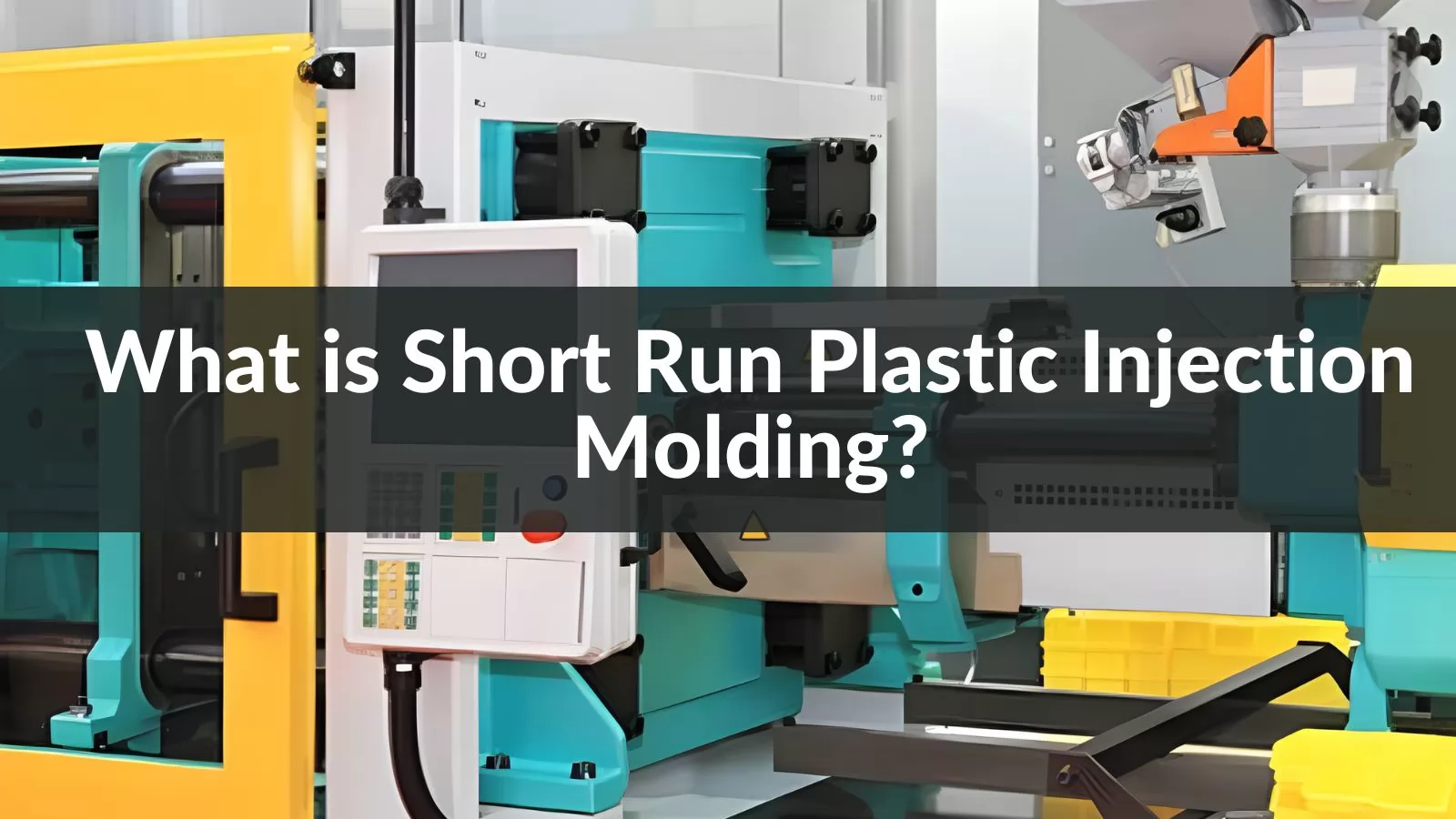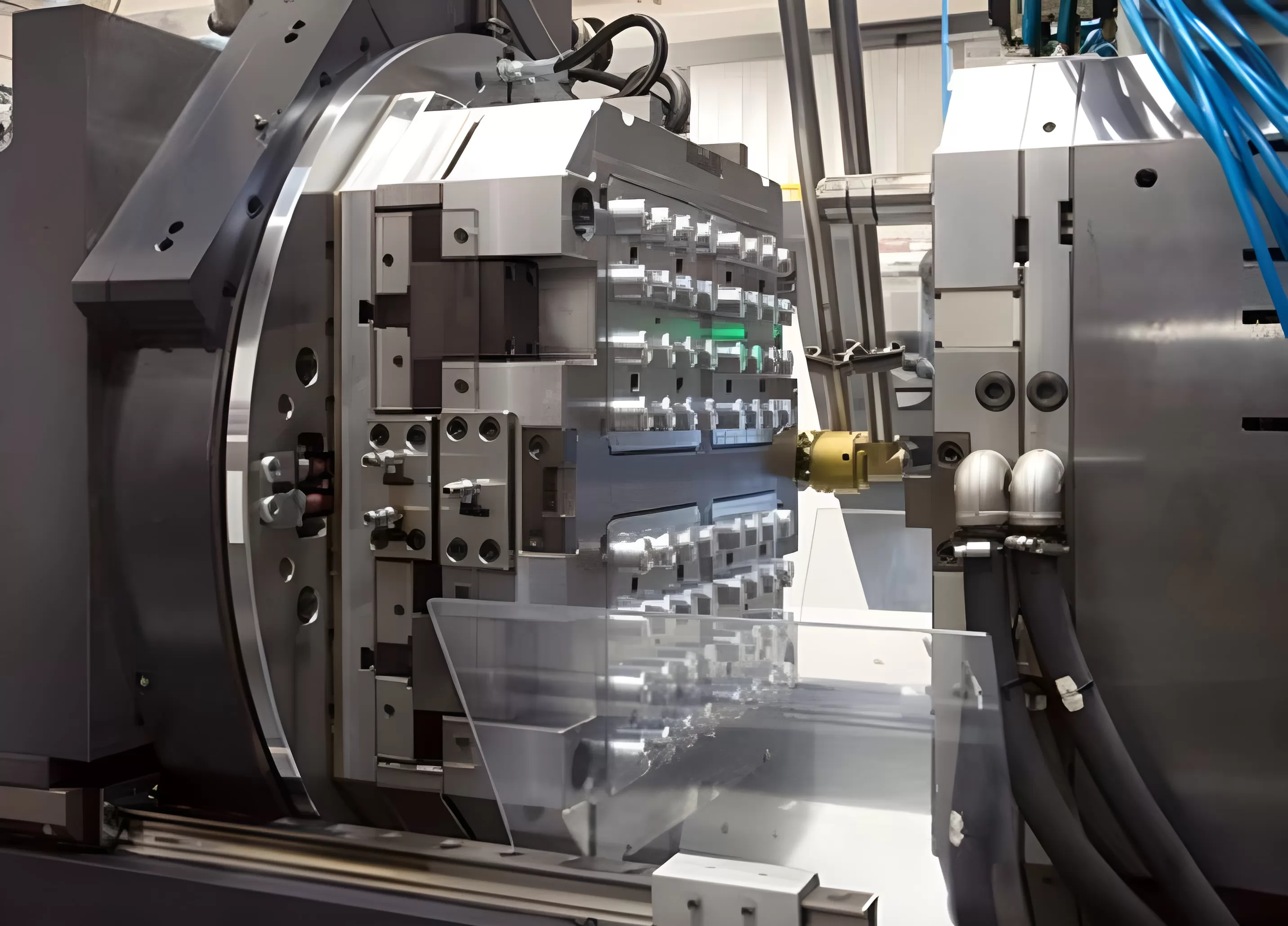
Short run plastic injection molding is a specialized manufacturing technique tailored for producing small quantities of molded plastic parts. It offers an efficient and cost-effective way to meet the needs of rapid prototyping or low-volume production while maintaining quality standards. This process bridges the gap between one-off prototype manufacturing and full-scale mass production.
In this article, we will explore the fundamentals of short run plastic injection molding, its applications,
What is Short Run Injection Molding
Short run injection molding is a specialized process in the field of plastic fabrication designed to produce smaller quantities of parts within a limited time frame. This manufacturing method harnesses the efficiency and speed of standard injection molding but operates with the flexibility required for producing lower volumes without necessitating a substantial financial investment in tooling.
Unlike large-scale production, short run injection molding allows companies to quickly respond to market demands or product prototyping needs without committing to the expense of mass production. By utilizing advanced technologies along with versatile molds, manufacturers can efficiently produce high-quality plastic components that meet precise specifications while managing cost-effectiveness and minimizing waste.
During this process, molten plastic is injected into pre-designed molds which then cool and solidify to form the final parts. This approach is particularly beneficial for limited runs because it facilitates rapid turnaround times, thus enabling swift transitions from design to delivery. As a result, short run injection molding plays an instrumental role in industries requiring bespoke solutions or those working within tight developmental cycles.
Utilizing short run injection molders offers a practical solution when only a few hundred to several thousand parts are required, providing an optimal balance between speed-to-market and budgetary considerations.
How does Short Run Injection Molding work
Short run injection molding follows a specific set of procedures that allow the efficient manufacturing of plastic parts in smaller quantities while maintaining high-quality standards. The process begins with designing and synthesizing a mold based on the detailed specifications of the desired part. This mold, typically created from metals such as steel or aluminum, is precision-engineered to ensure accurate replication of the part’s features.
With the mold ready, plastic material is selected according to the product requirements—factors such as strength, flexibility, and resistance to temperature inform this choice. The selected plastic pellets are then fed into an injection molding machine where they are heated until molten.
Once the plastic reaches a viscous liquid state, it is injected under pressure into the pre-fabricated mold cavities. It’s crucial for this step to be precisely controlled to minimize defects and ensure consistency across all produced parts. The high-pressure injection ensures that the molten plastic completely fills the mold cavity and takes on its intricate contours and geometries.
Following injection, there’s a cooling phase where the molten plastic solidifies within the mold, taking on its final shape. After sufficient cooling time and confirmation that the cooled plastic has conformed correctly to all specifications of the cavity – detailing exact dimensions and textures—the mold opens and ejects the newly molded part.
The efficiency of short run injection molding lies in this repeatable sequence – offering manufacturers great flexibility with relatively quick turnaround times for production batches often ranging from hundreds to thousands, rather than millions of units typical in mass production settings.
| Stage | Description |
|---|---|
| Mold Design & Creation | Precision engineering of metal molds based on detailed part specifications. |
| Material Selection | Choosing appropriate plastic materials considering product requirements like strength or temperature resistance. |
| Melting | Plastic pellets are melted into a viscous liquid state within an injection molding machine. |
| Injection | Molten plastic is injected under high pressure into mold cavities to form detailed shapes. |
| Cooling & Solidification | Molten plastic cools within molds which solidifies into final part shape conforming to specifications. |
| Part Ejection | Cooled parts are ejected from molds post-solidification for further use or processing if necessary. |
The Benefits of Short Run Injection Molding
Short run injection molding offers a multitude of advantages particularly suited for small to medium production needs. This process remains cost-effective due to the reduced lead times and smaller initial investment in comparison to traditional mass production methods. With short run molding, manufacturers can efficiently produce limited quantities of plastic parts, which enables greater flexibility in responding to market demands or making design iterations.
Another significant benefit is the ability to test the market without committing substantial resources. Companies can manufacture pilot runs that represent the final product’s quality, allowing them to gauge customer response with minimal risk. Moreover, this method supports agile product development by facilitating rapid prototyping and adjustments based on real-world feedback.
The economic production of high-quality parts with excellent finish is achievable even in short production cycles, thanks to advancements in technology and skilled operation. Producers also appreciate the lower inventory costs associated with short run manufacturing as it aligns well with just-in-time inventory strategies.
Additionally, there is an environmental aspect; short run injection molding generates less waste compared to high-volume productions since overproduction is minimized, leading to more sustainable manufacturing practices.
| Benefits | Details |
|---|---|
| Cost Effectiveness | Reduced lead times and lower investments for molds |
| Market Responsiveness | Ability to produce limited quantities quickly adapting to market changes |
| Risk Minimization | Pilot runs for testing the market without large resource commitments |
| Agile Product Development | Facilitating rapid prototyping and design modifications |
| High-Quality Production | Maintains part quality across shorter production runs |
| Lower Inventory Costs | Aligns with just-in-time strategies; reduces storage needs |
| Sustainability | Less waste generation due to better alignment with actual demand |
Application of Short Run Injection Molding
| Industry/Application | Utility |
|---|---|
| Prototyping | Quick creation of high-fidelity product samples |
| Market Testing | Production of manageable quantities for consumer testing |
| Custom Manufacturing | Tailored small-batch production catering to specific needs |
| Medical Devices | Small-volume, customized components adhering to stringent standards |
| Automotive | Non-standard parts creation during prototype and design phases |
| Electronics | Enclosures/components manufacture for untested gadgets |
| Aerospace | Specialized lightweight components in limited quantities |
| Consumer Goods | Introduction/improvement of products based on evolving market tastes and feedback |
| Time-to-Market Critical Situations | Fast tracking product development cycle |
| Inventory Risk Mitigation | Minimize overstock risk via controlled batches |
In Conclusion
Short run plastic injection molding is a versatile and cost-effective manufacturing process suited for producing small to medium quantities of plastic parts with excellent precision and speed.
If you’re seeking a reliable method for your next project or require a tailored approach to your plastic production needs, consider exploring the benefits of short run plastic injection molding further. Contact us to discuss how this process can fit into your manufacturing strategy and help optimize your production cycle.



